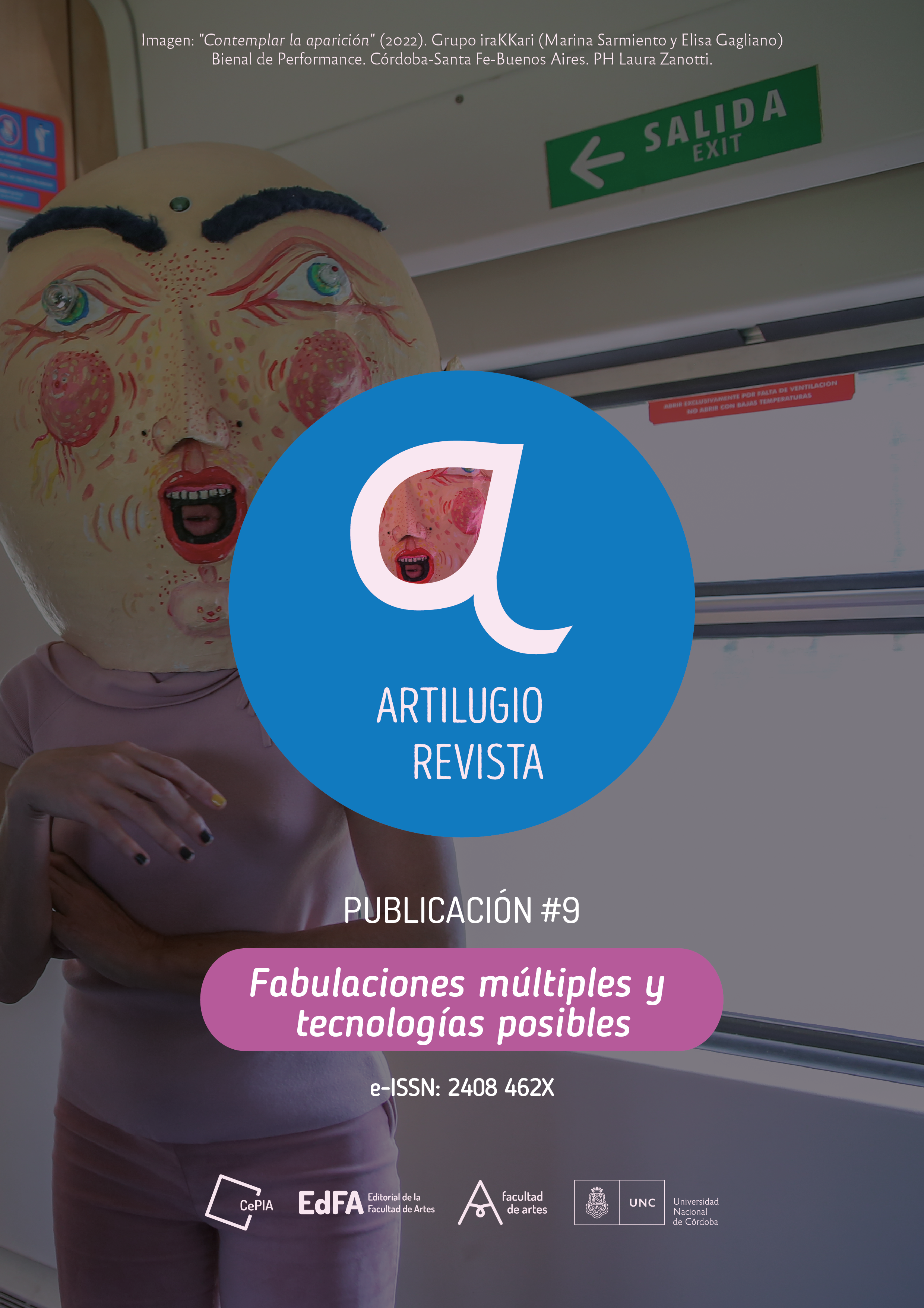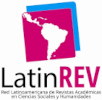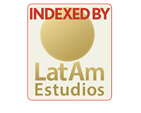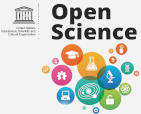Speculative fabulations for a decolonial aesthesis. The tracking of invisibles in the short film Enviado para falsear
DOI:
https://doi.org/10.55443/artilugio.n9.2023.42025Keywords:
Audiovisual, Latin America, Scopic regime, Control technologies, GloomAbstract
In this text we explore the possibility of decolonial aesthesis in Latin American moving image. We work with the notions of speculative fabulation by D. Haraway, the art of tracking invisibles, by V. Despret, and other key categories in the field of visual studies, such as the scopic regime, by M. Jay. Through the analysis of the short film Enviado para falsear, we reflect on the value of the invisibles and the black image as decolonial rhetorical figures of audiovisual practice in Latin America. We consider as a hypothesis that the mode of narration and montage developed in the short film can be thought of as a speculative fable whose procedure is the tracking of invisibles. This operation makes it possible to deconstruct the contemporary modalities of sociality, control and surveillance. The fabrication of other stories about cultural, natural and artificial technologies, allows us to review the inherited positivist paradigms and make new orders of the visible and the sensible emerge. The commitment to a decolonial aesthesis raised in the work, problematizes the Eurocentric scopic regime and in this way, suggests ways of making and seeing images that resist the logic of the luminous unconscious cinematographic.
Downloads
References
Achinte, A. (2018). Prácticas creativas de re-existencia. Más allá del arte, el mundo de lo sensible. Buenos Aires: Ediciones del Signo.
Barriendos, J. (2008). Apetitos extremos: La colonialidad del ver y las imágenes-archivo sobre el canibalismo de Indias. Transversal/EIPCP multilingual webjournal. http://eipcp.net/transversal/0708/barriendos/es.
Chamayou, G. (2016). Teoría del drone. Buenos Aires: Futuro Anterior ediciones.
Dávila, L. (2015). Robert Lehmann-Nitsche: Pruebas contundentes sobre su presencia en Napalpí en tiempos de la masacre. Nuevo Mundo Mundos Nuevos, 6, pp. 1-20. doi: 10.4000/nuevomundo.68052. DOI: https://doi.org/10.4000/nuevomundo.68052
Despret, V. (2018). Que dirían los animales si les hiciéramos las preguntas correctas. Buenos Aires: Cactus.
Despret, V. (2020). Prefacio. En B. Morizot, Tras el rastro animal (pp. 9-18). Buenos Aires: Ediciones Isla Desierta.
Didi-Huberman, G. (2006). Ante el tiempo: Historia del arte y anacronismo de las imágenes. Buenos Aires: Adriana Hidalgo.
Giordano, M. (2009). Estética y ética de la imagen del otro: Miradas compartidas sobre fotografías de indígenas del Chaco. Aisthesis, 46, pp. 65-82. http://dx.doi.org/10.4067/S0718-71812009000200004. DOI: https://doi.org/10.4067/S0718-71812009000200004
Giordano, M. y Reyero, A. (2012). Visibilidades e invisibilidades en torno a la Matanza indígena de Napalpí (Chaco, Argentina): La fotografía como artificio de amistad. Cahiers des Amériques: Figures de l’Entre, 2(10), pp. 79-101.
Haraway, D. (2019). Seguir con el problema. Generar parentescos en el Chthuluceno. Buenos Aires: Editorial Consonni.
Hernández Navarro, M. (2007). El archivo escotómico de la Modernidad. Pequeños pasos para una cartografía de la visión. Madrid: Colección de Arte Público & Fotografía, Ayuntamiento de Alcobendas.
Jay, M. (2003). Campos de fuerza. Entre la historia intelectual y la crítica cultural. Buenos Aires: Paidós.
León, Ch. (2012). Figura, medios y telecolonialidad: Hacia una crítica decolonial de los estudios visuales. Aisthesis, 51, pp. 109-123. http://dx.doi.org/10.4067/S0718-71812012000100007. DOI: https://doi.org/10.4067/S0718-71812012000100007
Metz, Ch. (2001). El significante imaginario. Psicoanálisis y cine. Buenos Aires: Paidós.
Meyer, A. (2020, 3 de julio). Brutal ataque policial, con torturas y abuso sexual, a cuatro jóvenes qom en Chaco. Página 12.
https://www.pagina12.com.ar/269912-brutal-ataque-policial-con-torturas-y-abuso-sexual-a-cuatro-.
Mignolo, W. (2010). Aiesthesis decolonial. Calle 14: revista de investigación en el campo del arte 4 (4), pp. 10-5. https://doi.org/10.14483/21450706.1224
Mignolo, W. y Gómez Moreno, P. P. (2021) Reconstitución estética decolonial. Bogotá: Universidad Distrital Francisco José de Caldas.
Navas, M. y Reyero, A. (2022). Cine penumbra como praxis estética latinoamericana: preguntas por la luz en clave decolonial. Imagofagia, 26. http://asaeca.org/imagofagia/index.php/imagofagia/article/view/913.
Palermo, Z. (comp.) (2014) Arte y estética en la encrucijada descolonial. Ediciones del Signo: Buenos Aires.
Reyero, A. (2021). Abismar las imágenes. Experiencias audiovisuales sobre tecnologías de control desde el nordeste argentino. Separata 28, Revista del Centro de Investigaciones del Arte Argentino y Latinoamericano, Universidad Nacional de Rosario (UNR).
http://ciaal-unr.blogspot.com.
Reyero, A. y Navas, M. (2021). Procesos de invención decoloniales sobre visualidades indígenas. Hacia una reconfiguración de los imaginarios hegemónicos en el nordeste argentino. Cuadernos de Música, Artes Visuales y Artes Escénicas, 16(2), pp. 196-217. https://doi.org/10.11144/javeriana.mavae16-2.mdta. DOI: https://doi.org/10.11144/javeriana.mavae16-2.mdta
Vázquez, R. y Barrera Contreras, M. (2016). Aesthesis decolonial y los tiempos relacionales. Entrevista a Rolando Vázquez. Calle 14: revista de investigación en el campo del arte, 11(18). https://www.redalyc.org/articulo.oa?id=279047494001. DOI: https://doi.org/10.14483/udistrital.jour.c14.2016.1.a06
Filmografía
Navas, M. (Dir.) (2021). Enviado para falsear [cortometraje]. Argentina: Yaguá Pirú, Gentil.
Published
How to Cite
Issue
Section
ARK
License
Copyright (c) 2023 Maia Navas, Alejandra Reyero

This work is licensed under a Creative Commons Attribution-NonCommercial-ShareAlike 4.0 International License.




































